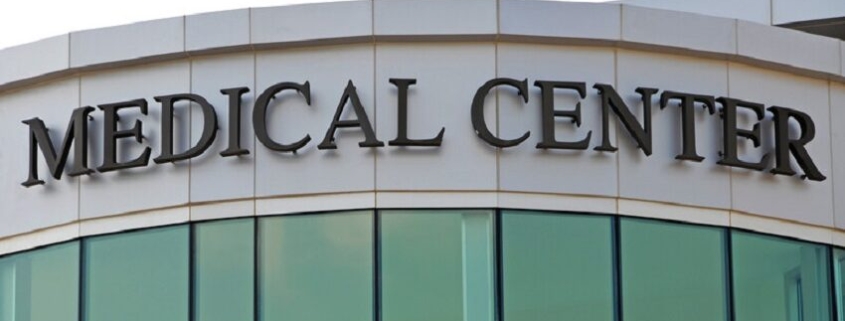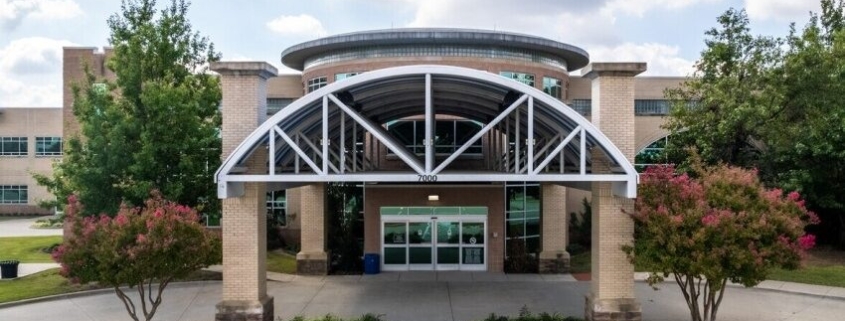Q&A Regarding Real Estate’s Fast-Emerging Frontier In Cancer Care And Research & Development
Thomas Osha has a unique vantage point when it comes to innovation districts rooted in the life sciences. As executive vice president of Wexford Technology + Science out of Baltimore, he runs point for one of the most active U.S. developers of real estate used by major research universities and their private-sector partners.
He recently caught up with Ashley Fahey, The Business Journals’ national real estate editor, to talk about post-pandemic development and how demand is reshaping real estate needs in the realm of cancer-related R&D and treatment.
Below is an edited transcript of their conversation.
Ashley Fahey: Can you talk a little bit about what markets you want to be in?
Thomas Osha: One of the things that we have seen is an acceleration of a move by companies and startups to be near university research. It doesn’t necessarily matter where it is, it matters what it is. So we are seeing areas popping up in Sacramento, Phoenix, Providence, Winston-Salem, Charlotte. A number of cities, Baltimore, St. Louis, that aren’t necessarily considered the major hubs of life sciences, yet at each one of these there are scientists, there is intellectual capital and innovation that companies want to be near.
So it’s starting to branch out to some tertiary and secondary cities, and that’s where you guys are planning your next projects? Very much so. I’ve always said that talent is the currency of innovation.
Ashley Fahey: A lot of cities want to get in on life sciences. What are you seeing at Wexford?
Thomas Osha: I spend a lot of time with local mayors talking about what it is like to create an innovation district. So much of the conversation was around an innovation district being a place where people cluster and connect. It’s not just draw a line and say, “This is the district. You’re in, or you’re out.” In a lot of ways, this is about place making as much as it is about construction of buildings.
Click here to read the remainder of the interview.




